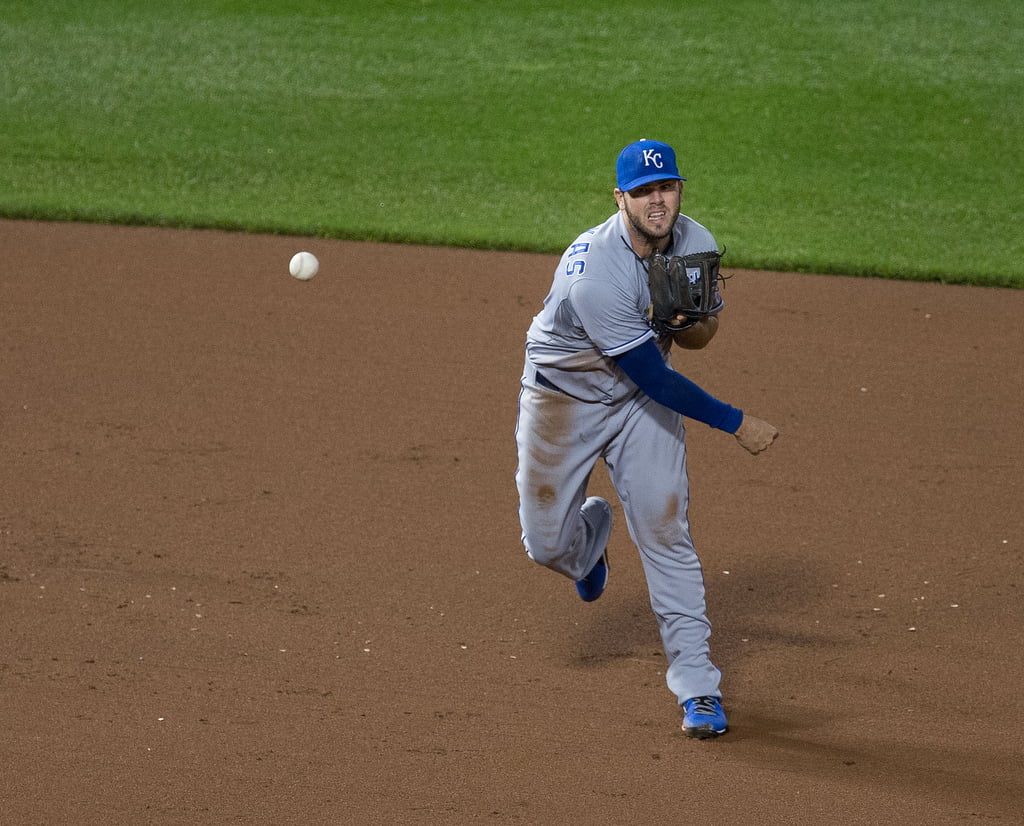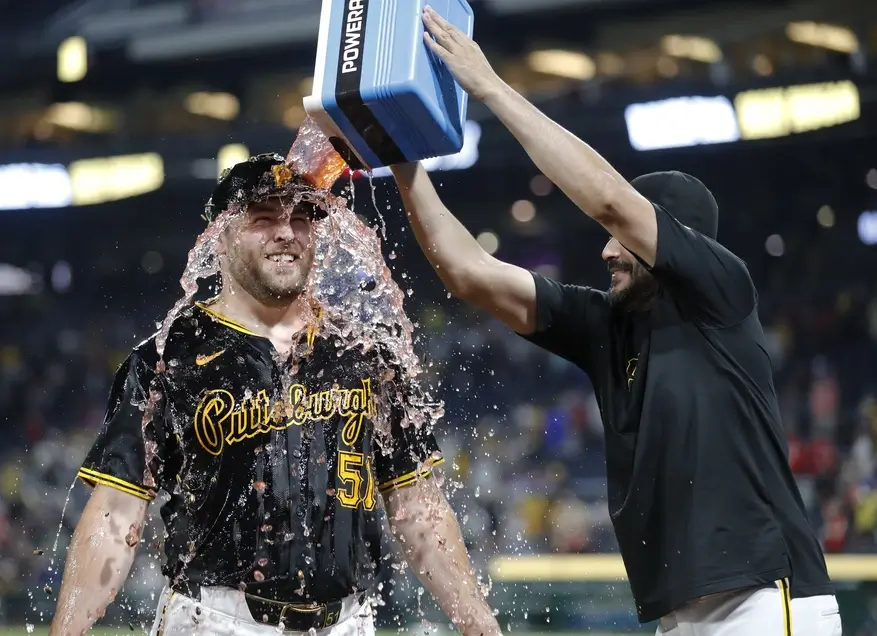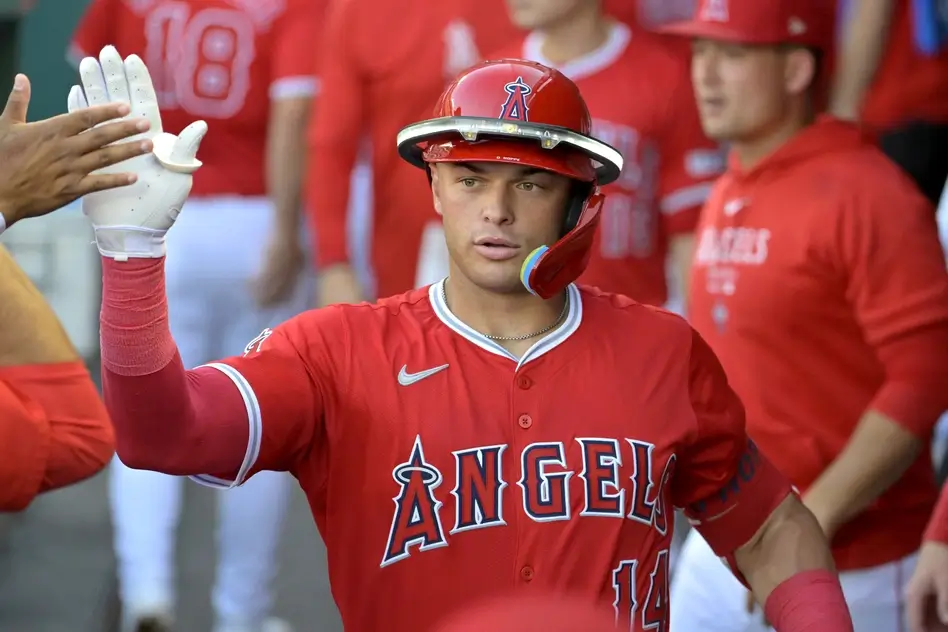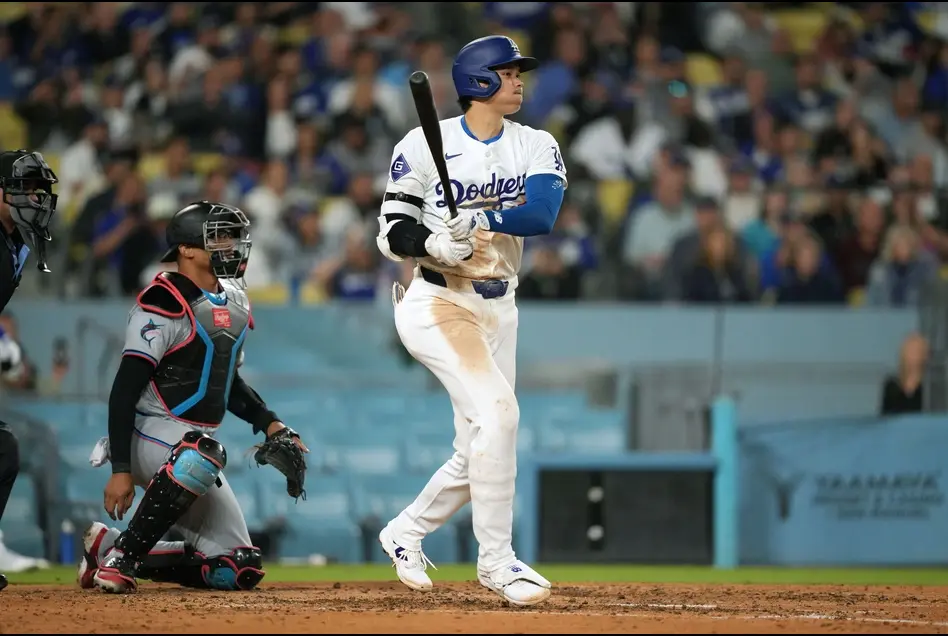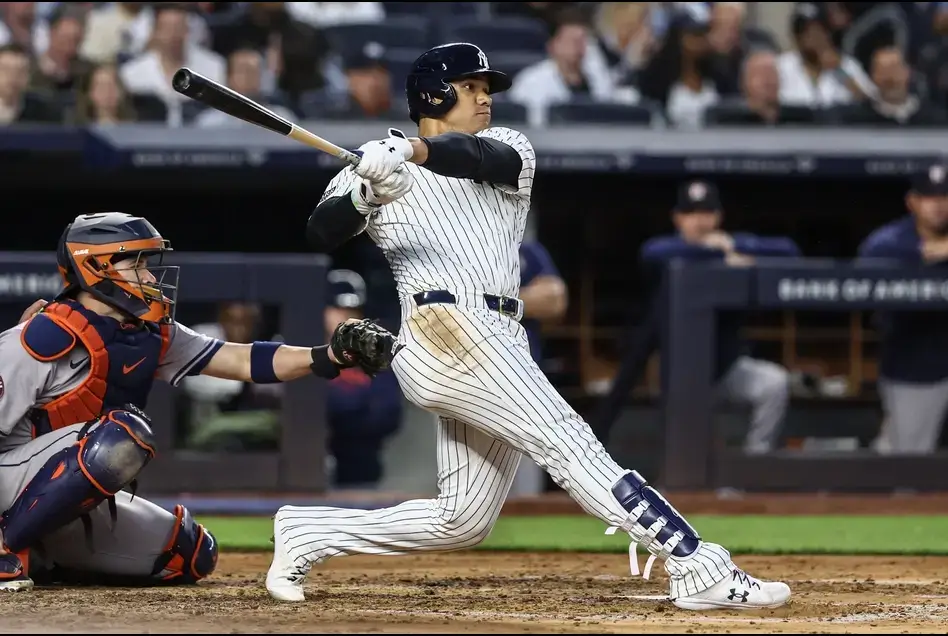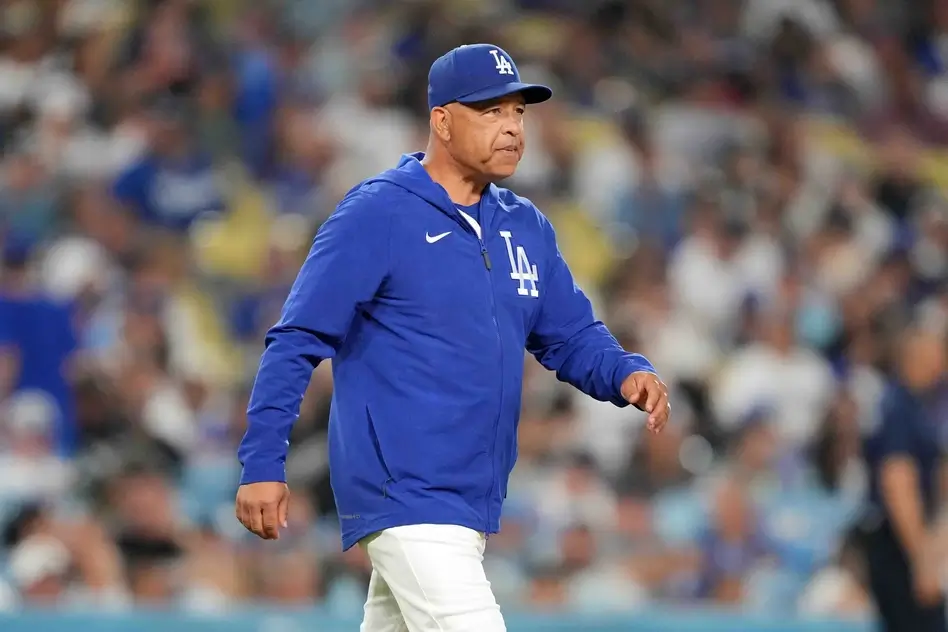It took until early March for Mike Moustakas to sign for a team. The power-hitting third baseman secured a deal before plenty of other stars, but his $6.5 million for 2018 is far short of what evaluators expected Moustakas to receive. That can rise to $8.7 million should he make 450 plate appearances this season, and there’s a mutual option for 2019, per Jeff Passan.
Moustakas turned down a $17 million, one-year qualifying offer from the Kansas City Royals after the 2017 season. It was the Royals who he eventually secured a deal with for 2018, having reportedly not received a single contract offer since becoming a free agent.
Rejecting that offer nudged the first domino in a disastrous free agency for Moustakas. His agent, Scott Boras, was the driving force of Moustakas’ overvaluation. Boras has frequently bemoaned the CBA (collective bargaining agreement) this offseason, while claiming that his clients are worth contracts that MLB front offices are extremely unlikely to hand out.
We saw this with the talk of eight-years for JD Martinez. It was just as impactful for Moustakas, who plays in a highly-competitive position.
This is where we find another problem. Third base is crowded. It is crowded with superstars like Kris Bryant and Josh Donaldson, and there are a plethora of players in the tier below. That tier below is where Moustakas probably belongs, but he does not have the track record of the veterans in that group.
Two such veterans, Todd Frazier and Evan Longoria, were available this winter. Longoria (3.6) had double the WAR of Moustakas (1.8) last year, while Frazier (3.4) was still far ahead. Even in his 38-homer year, Moustakas fell far short.
| WAR combined over last three seasons | |
| Mike Moustakas | 6.9 |
| Todd Frazier | 10.8 |
| Evan Longoria | 10.7 |
Compare over a longer period and it’s no better for the 2015 world champion. An injury in 2016 contributed to this, but durability is one of the great strengths of his competitors. Teams may well have (and probably should have) valued Frazier and Longoria higher than Moustakas had they been on/demanding the same contracts. This was not the case.
Longoria and Frazier ended up at two of the potential landing spots for Moustakas; the San Francisco Giants and New York Mets respectively. Longoria was traded with five years and $80 million left on his contract. Frazier signed for two years and $17 million.
Tampa Bay took Denard Span’s salary off the Giants and contributed a few million to Longoria’s deal to aid San Francisco in staying under the luxury tax. The Giants were unlikely to ever move for Moustakas, however, given their desire to get more right-handed and retain their draft picks.
The Mets added Jay Bruce and Adrian Gonzalez to join Michael Conforto as middle-order lefties. Frazier on $17 million for two years – despite being three years older – made more sense than Moustakas.
Add to that that any team who signed Moustakas had to give up a draft pick and international bonus money and it begins to make a bit more sense. The demand was minimal for third basemen, and there were a pair of players who, despite their age, are at least as good.
Another team who could have been interested, the New York Yankees, have prospects who can play third and were – like the Giants – desperate to stay under the tax. The Yankees eventually traded for Brandon Drury from Arizona.
Moustakas’ long wait for a new job – which happens to be his old job – was down to a massive misjudgement of the market. The overvaluation of his worth this winter cost him $10.5 million guaranteed for the coming season and the impact of the draft pick should see a few more qualifying offers accepted in the coming seasons.


